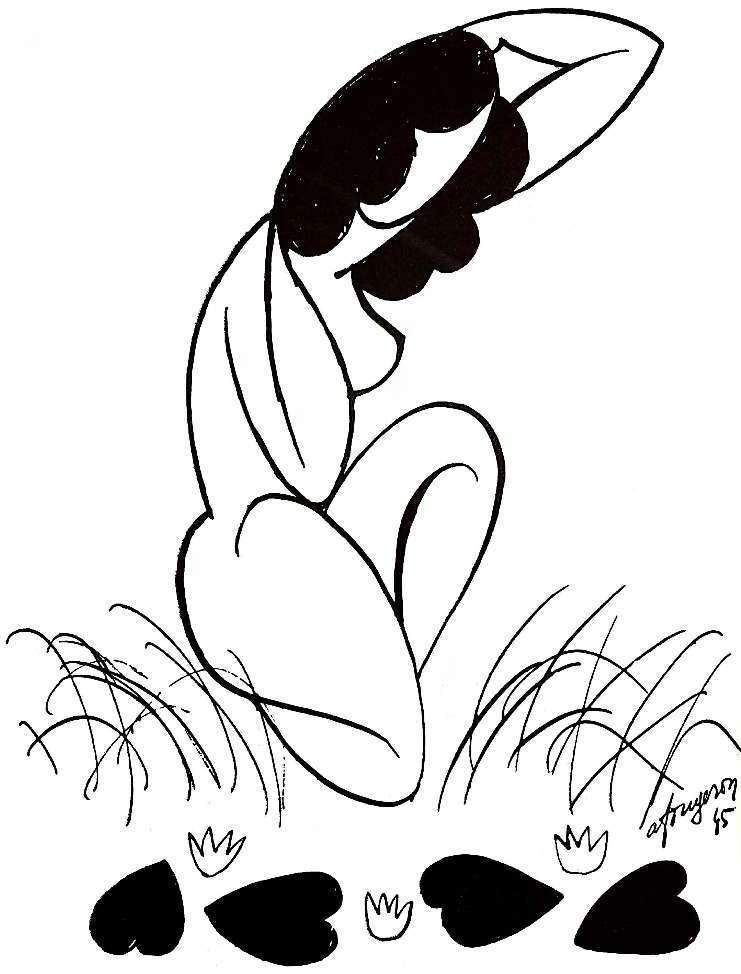
Dédié à L’Élegance [Dedicated to Elegance by The National Union of Intellectuals] par L’Union Nationale des Intellectuels
HISTORY The effects of World War II on France, along with most European countries, was devastating and left the country in a stage of stunned disbelief and social disarray. In August of 1944, France was liberated from under its four-year German occupation. In the proceeding months following this event, a rally cry was sent to reunite and rebuild France. The organization L’Union Nationale des Intellectuels (The National Union of Intellectuals), or UNI, was federated in June of 1945 for this purpose (Sapiro, 442).
SERVIR LA GRANDEU R ET LES INTÉRÊTS SUPÉRIEU RS DE LA FRANCE, C'EST ORGANISER L'EXPORTATION DE L'INTELLIGENCE Á UNE ÉPOQU E OÙ IL S'IMPOSE DE NE NÉGLIGER AUCUNE DES RESSOU RCES DE LA NATION.
MANIFESTE DE L'UNION NATI NALE DES INTELLECTUELS AVRIL 1945
TO SERVE THE GREATNESS AND SUPERIOR INTERESTS OF FRANCE, IT IS TO ORGANIZE THE EXPORT OF INTELLIGENCE IN AN ERA WHERE IT IS NECESSARY TO NOT NEGLECT NONE OF THE NATION'S RESOURCES.
The subject matter of Dédié à L’Élegance (Dedicated to Elegance) was the midinette (seamstress/working girl). Prior to WWII these women were the iconic figure of a thriving capitalistic culture that bustled with consumer goods and haute couture (Tilburg, 282). Included with this publication were shop advertisements, a gallery brochure titled: Quelques Toiles sur L’Élégance Féminine dans la Peinture (Several Painting on the Elegance of Women in Painting), and a brochure for a fashion show titled Les Robes Blanches (The White Dresses) which included the work of leading fashion designers, such as Balenciaga, Bruyère, Carven, Mad Carpentier, Maggy Rouff, Nina Ricci, Raphael, Schiaparelli, Vera Borea, and Worth. The proceeds from the publication and its contributors went to La Mansion de la Midinette.
ARTISTS The art work included in the publication were produced by renowned and emerging artists. This list includes Christian Berard, Jean Effel, André Fougeron, Valentine Hugo, Marie Laurencin, Henri Matisse, Pablo Picasso, and Louis Touchagues.
AUTHORS The literary ideas espoused in this publication include an expansive range of intellects such as Jean Cassou, Lisa Deharme, Paul Eluard, Boris Kochno, Galerie Maratier, Armand Salacrou, Andre Ulmann, and Jean Wiener.
REFERENCES Tilburg, Patricia. (2015). “Sa Coquetterie Tue la Faim”: Garment Workers, Lunch Reform, and the Parisian Midinette, 1896-1933.” French Historical Society, 38(2),281-309. DOI: 10.1215/00161071-2842578. Sapiro, Gièsle. (2014).The French Writer’s War 1940-1953. (V. D. Anderson & D. Cohn, Trans.). London, UK: Duke University Press. (Original work published in 1999). DOI: 10.1215/9780822395126.